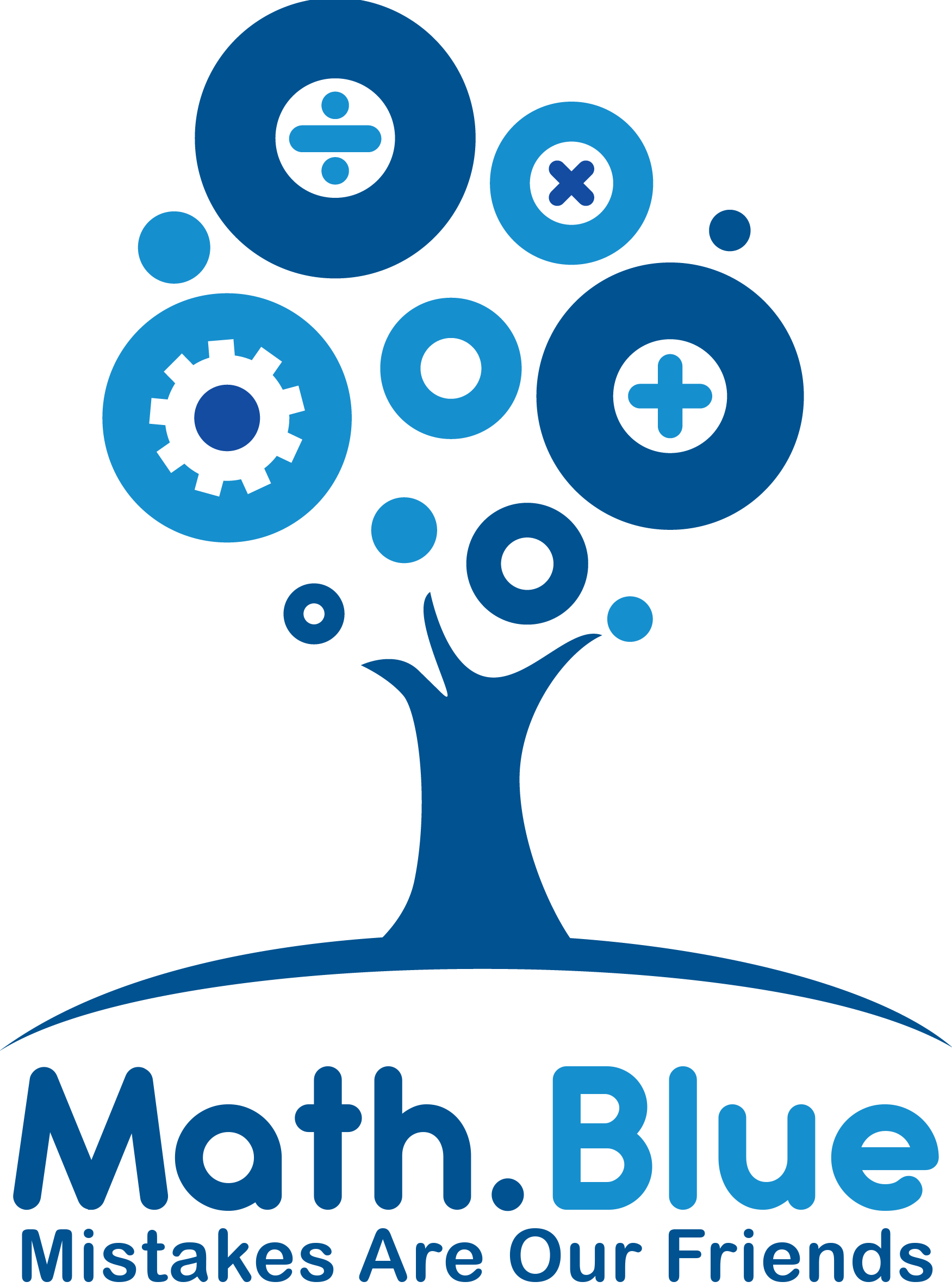
Why I Love Standards-Based Grading

There are many different ways to do standards-based grading (also known as proficiency-based grading), and this is the model I landed on:
4 (A) – Mastery (can do & extend)
3 (B) – Proficient (can do)
2 (C) – Approaching Proficiency (can do with help)
1 (D) – Beginning Stage (cannot do)
0 (I/F) – Not turned in
So, if my student gets a C, it means they can do the math if someone’s there to give them hints. It says nothing about their effort, their behavior, or how many assignments they didn’t finish- just how competent they are at what I’ve taught them. Here are some of my favorite aspects in my classroom:
- The responsibility for learning is squarely on the student’s shoulders. I didn’t “give” them that grade. There is evidence for everything in the gradebook, and usually ample opportunity to fix it, when it finally sinks in a little later. Such a hopeful model!
- Grades are no longer a judgement on how smart (or compliant) a student is, but just indicate how well they know a topic. A glance at the grade book shows that Exponents are mastered, but Transformations need a little work.
- It revolutionized the way I test. Standards-Based Grading led me to think in terms of topics: What are the most basic elements that all of my students- literally anyone present in my class that day- should be able to do (C grade)? What do I want most of my students to be able to do to be “proficient” (B grade)? What kind of extension problems do I want my top students to be able to do (A grade)? When I looked at my tests I realized that over half of my questions were A & B level problems. That meant that my level 2 students (“can do it with help”), who should’ve received a C, were instead getting less than 50% ~ an F! I had to think a lot more about what I wanted my tests to do, and my grades became much more meaningful as a result.
This is an example of a Practice Check Sheet in my class. Students get a stamp when they finish each set of practice/homework problems, but my absolute favorite part is the “Mastery Score.” That’s where a student rates their own knowledge of this particular topic. If their page is full of 3’s and 4’s they should get a 3 or a 4 on the test. (If they don’t, they need to reevaluate what “proficient” feels like. That itself is valuable learning!) If they feel like they’re at a 1 or a 2 on a topic, they need more practice. And they know it! In fact, they are the only ones who can judge that. It alters the whole purpose of practice work (which I always have at the ready) and removes the shroud of mystery from the dreaded math test. It’s just a whole different game and it feels respectful, approachable and hopeful. I love it!
